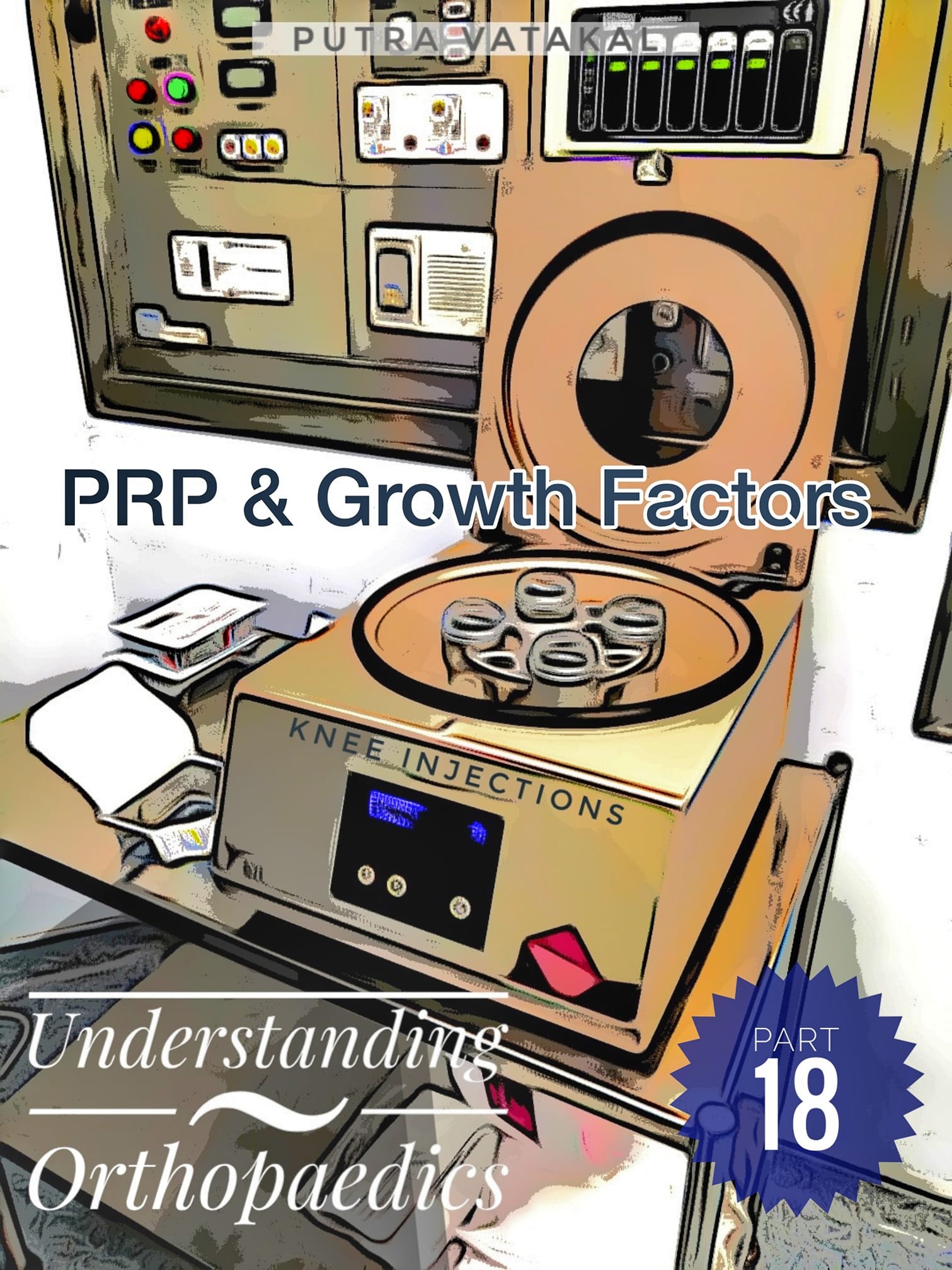
Roughly 10% of Malaysian adults have regular knee pain, and more than half of these are knee osteoarthritis (OA)
We have discussed how knee OA is not just a lack of joint fluid, but also drying out & cracking of cartilage, and calcification (hardening) of the meniscus – which all cause pain.
Hyaluronic Acid (HA)/viscosupplement knee injections reduce friction and prevent further joint damage- but they do not repair structural damage that has already happened.
Can these damaged surfaces heal?
Well, the human body is fantastically designed to take care of itself. Consider this common (enough) scenario:
Under normal circumstances, when you accidentally fall and cut yourself, you bleed a bit.![]()
Then your blood clots to form a scab – under the cover of which (seemingly by magic) a new layer of skin grows. Within a few weeks, no sign of the cut is left.![]()
Some parts of the knee joint can heal this way, but the bones of the knee are lined by smooth cartilage that contains hardly any blood vessels… so the miraculous substances that blood carries do not reach (and stimulate healing in) the damaged cartilage.
The good news is, these healing substances can be extracted from your blood and injected into your knee (directly onto the damaged structures).
The not so good news, however, is that while research shows that doing this definitely helps kickstart the healing process, no treatment completely reverses knee OA.
Platelets, one of the three main groups of blood cells (the other two being RBCs – red blood cells, that carry life giving oxygen in our bodies; and WBCs – white blood cells, which form our bodies’ infection resisting army), are tiny cells that float around in our blood vessels until they are needed to stop bleeding. They also contain various growth factors which speed along the healing process.
They work something like this:
![]()
![]()
You are admiring a rose in the garden and carelessly prick your finger on its thorns. Blood starts dripping.![]()
Your platelets start working together with other natural chemicals in your blood (clotting factors) to form a blood clot – a microscopic ‘net’ that glues shut the small wound in your skin.
Platelet Rich Plasma (PRP) and Platelet Rich Growth Factors (PRGF) are made by your surgeon taking a small amount of blood from your arm (just like in a blood test).
Your blood is then spinned in a centrifuge (that’s the machine in the picture above), which helps divide your blood into the different types of blood cells (solids) and plasma (liquid).
Depending on the way your blood is processed (and the addition of minerals – like calcium), different concentrations of growth factors, platelet cells and other healing substances can be extracted using a syringe and injected into your knee.
All this causes only a slight discomfort, and you can usually walk or drive back home yourself shortly after the procedure. Because the platelets, growth factors and plasma are taken from your own body, there is very little risk of side effects, although the whole procedure must be done in a sterile (extremely clean) way to prevent infections.
Sometimes, PRP/PRGF is combined with a HA injection for additional lubrication while waiting for the healing factors to take effect. Again, my patients often ask how long the healing effect of PRP and PRGF injections lasts. As with Hyaluronic Acid (HA) injections, it depends on how bad your knee OA is, and your daily activities.
PRP and PRGF are also used in dermatology and aesthetics, gynaecology and dental surgery, and their technology continues to evolve. PRGF (Endoret) in particular can be combined with an arthroscopic (keyhole, or minimally invasive) operation where your surgeon uses a tiny camera to look inside your knee, and can ‘shave’ damaged areas in your knee joint and coat them with a jelly-like Growth Factor membrane to induce healing.
Remember though, medical treatments are not magic, simply steps in a treatment programme that involves strengthening your knees through exercise, and sometimes wearing a knee support or…. shudder… surgery. We will discuss these in future posts, and (hopefully) squash any irrational fears.
The whole idea is to help your knees give you many more years of useful service – and to keep you moving.
Originally written on 1 August 2020 in Quill Orthopaedic Specialist Centre, TTDI, Kuala Lumpur.
NOTE : While osteoarthritis is the most common cause of knee pain in older adults, rarer (and more devastating) causes include infection. If you have a swollen, warm knee, and fever – or if you suspect something is amiss, do consult your friendly orthopaedic surgeon or doctor as soon as possible.